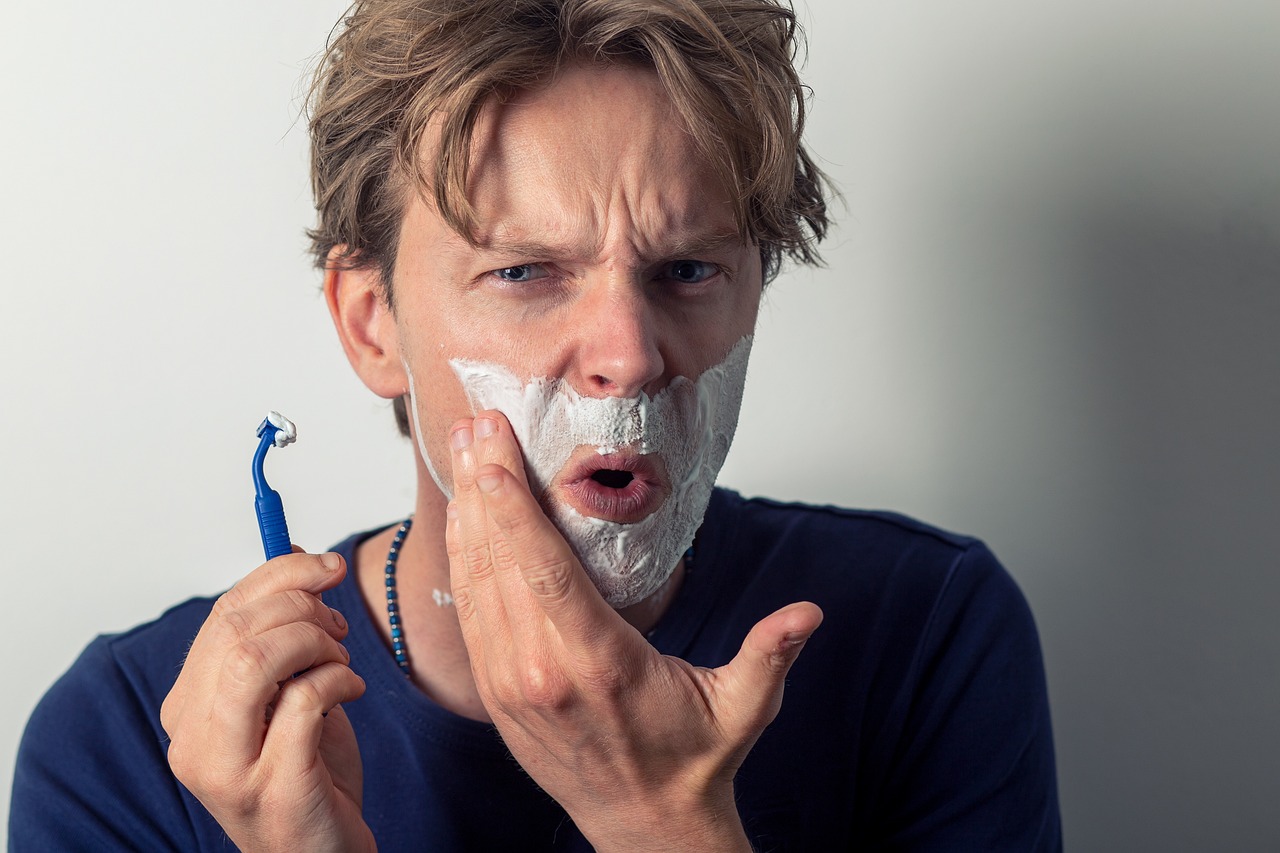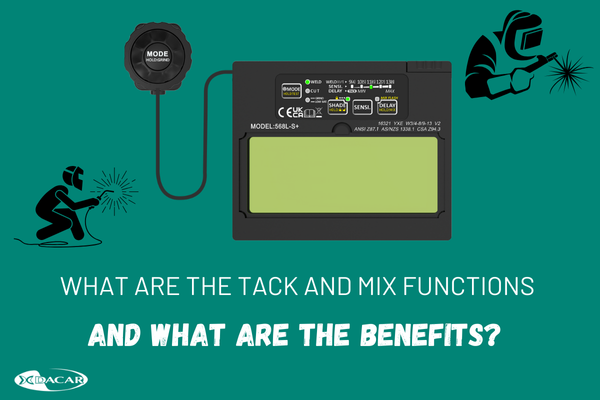When a respiratory protective mask is used, it must be able to provide adequate protection to the user. The Association of Personal Protective Equipment Companies (ASEPAL) has warned, during the COVID-19 crisis, of the risks posed by poorly fitting respiratory protective equipment (RPE). However, is your respiratory protection mask suitable?
Respiratory protection mask
A mask that does not fit the face properly and does not achieve a perfect face seal does not guarantee adequate protection, no matter how effective the filter is. A good face seal allows the air you breathe to enter only through the filter, where it is filtered and protects you. If there are gaps around the edges of the mask, “contaminated” air will pass through the gaps and easily reach our lungs. Leaving the way clear for all kinds of particles, including viruses, above the levels allowed by EN149:2001+A1:2009.
One of the most prestigious brands of respiratory masks is Shigematsu, and we particularly like the FS01 face mask model, do you know why? For one thing, it is beautifully designed and very comfortable to wear. The visor has an anti-fog inner lining and an anti-scratch outer layer for clear vision at all times.
It is also equipped with a 6-point octopus for quick and easy removal and installation. On the other hand, these are some of the most outstanding features:
- Off-centre connectors for a wide view (CP-P3R only).
- Fast-acting bayonet-type filter connectors (CP-P3R only).
- Polycarbonate visor with panoramic 3D curve (EN166 1B).
- Anti-fog treated interior for clear vision at all times.
- Exterior with anti-scratch treatment for long life.
- Designed to be compatible with a safety helmet.
- Easy to remove inner mouth-nasal mask.
- Easy adjustment with 6-point adjustable elastic strap.

Off-centre connectors for a wide view (CP-P3R only).
Situations of action
It is common to see workers wearing masks and goggles with fogged lenses. This situation is due to the fact that the hot air that we expel when we breathe in escapes upwards due to a poor fit of the mask. This gives us a conclusion: if the air escapes through a leakage zone when we exhale, when we inhale, the air will also enter through the same place without passing through the filter, leaving us partially or totally unprotected. Similarly, remember that the presence of facial hair, scars, etc. can affect the tightness of your mask.
In general, the narrower the face, the more difficult it is to achieve a perfect facial fit. An article in El País in April 2020, during the first wave of Covid-19 infections, states that “three out of every four health professionals infected are women”. This can be explained by the fact that the majority of masks on the market are too large for the smallest faces and, therefore, expose users to infection exponentially.
On the other hand, in the male sector, wearing a beard makes it impossible to seal the face properly. The user will not be able to get the mask to fit snugly enough to keep total inward leakage below maximum safe levels. The larger the beard size, the less effective or ineffective a mask will be.
Fit tests
The COSHH (Control of Substances Harmful to Health) in some EU countries, e.g. the UK, require every operator to undergo a face fit test to certify adequate respiratory protection. Not only does the mask have to have a CE certificate, but the mask must also be suitable for the user.
These tests are derived from the American OSHA directive 29 CFR 1910.134.
A face fit test is mandatory for first-time users of respiratory protective equipment. Fit tests must be repeated when there is a change in both the RPE and the persons (a significant change in weight, for example) who will be using it, as a change in the user’s circumstances could reduce protection and jeopardise their safety.




